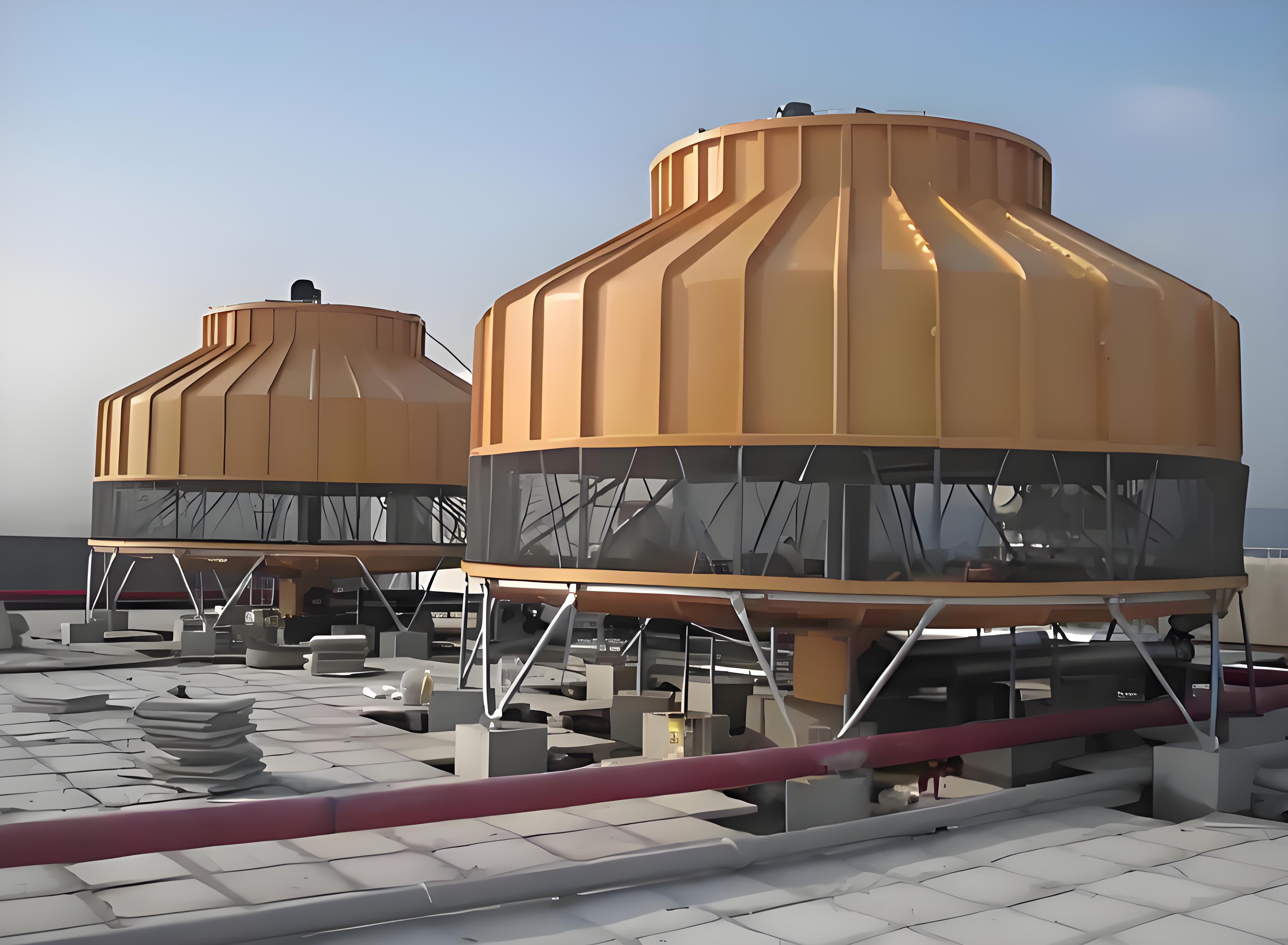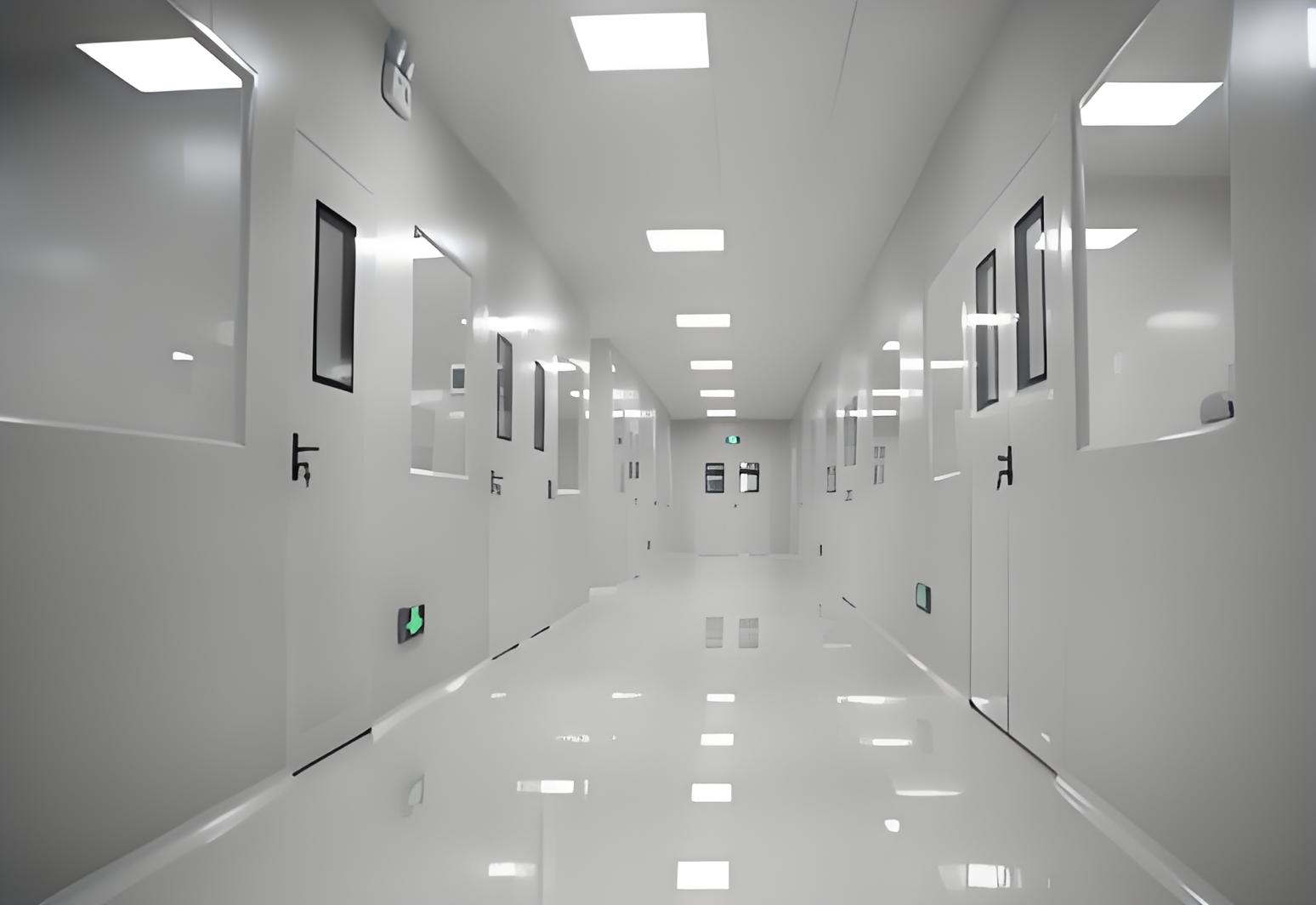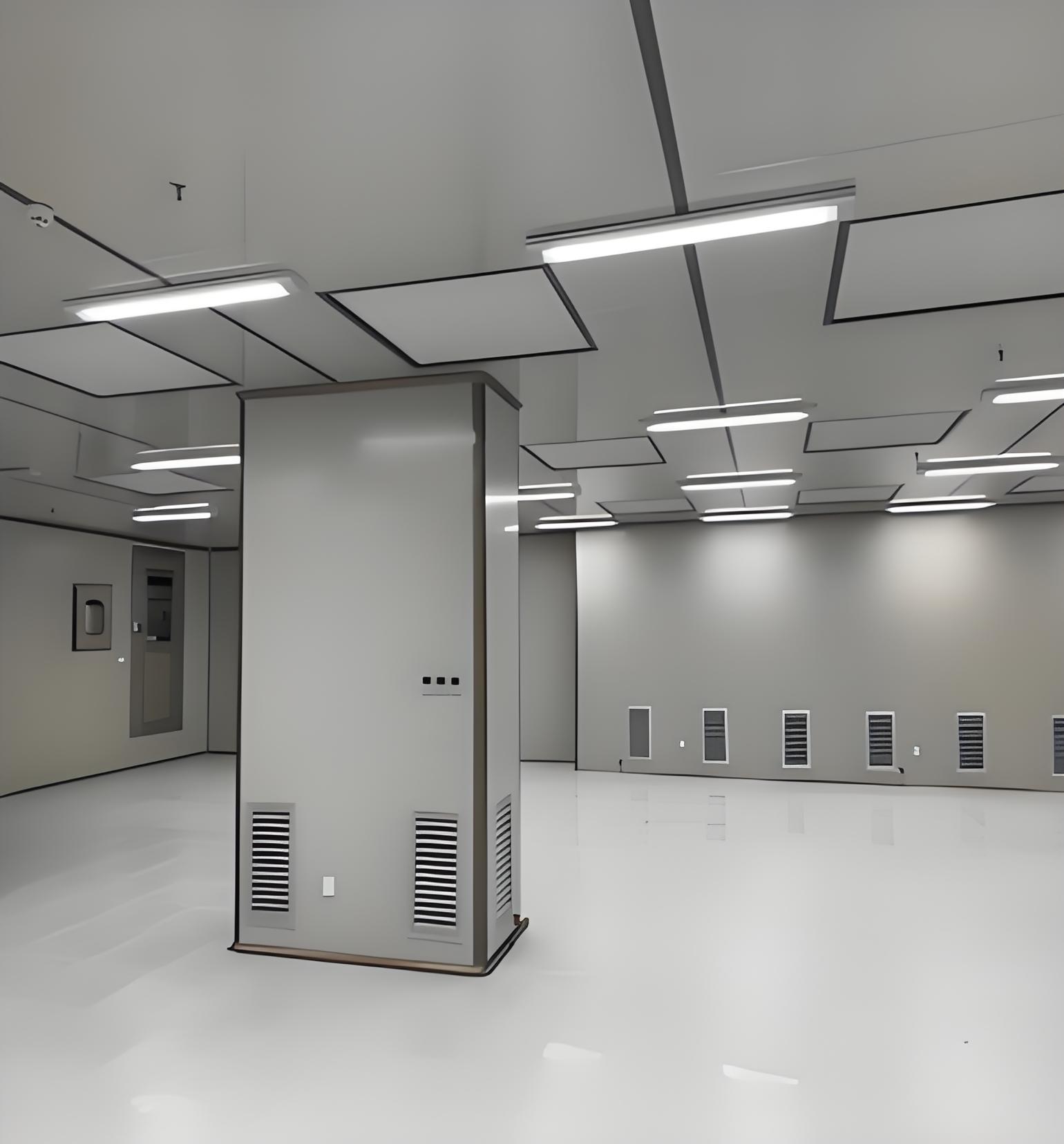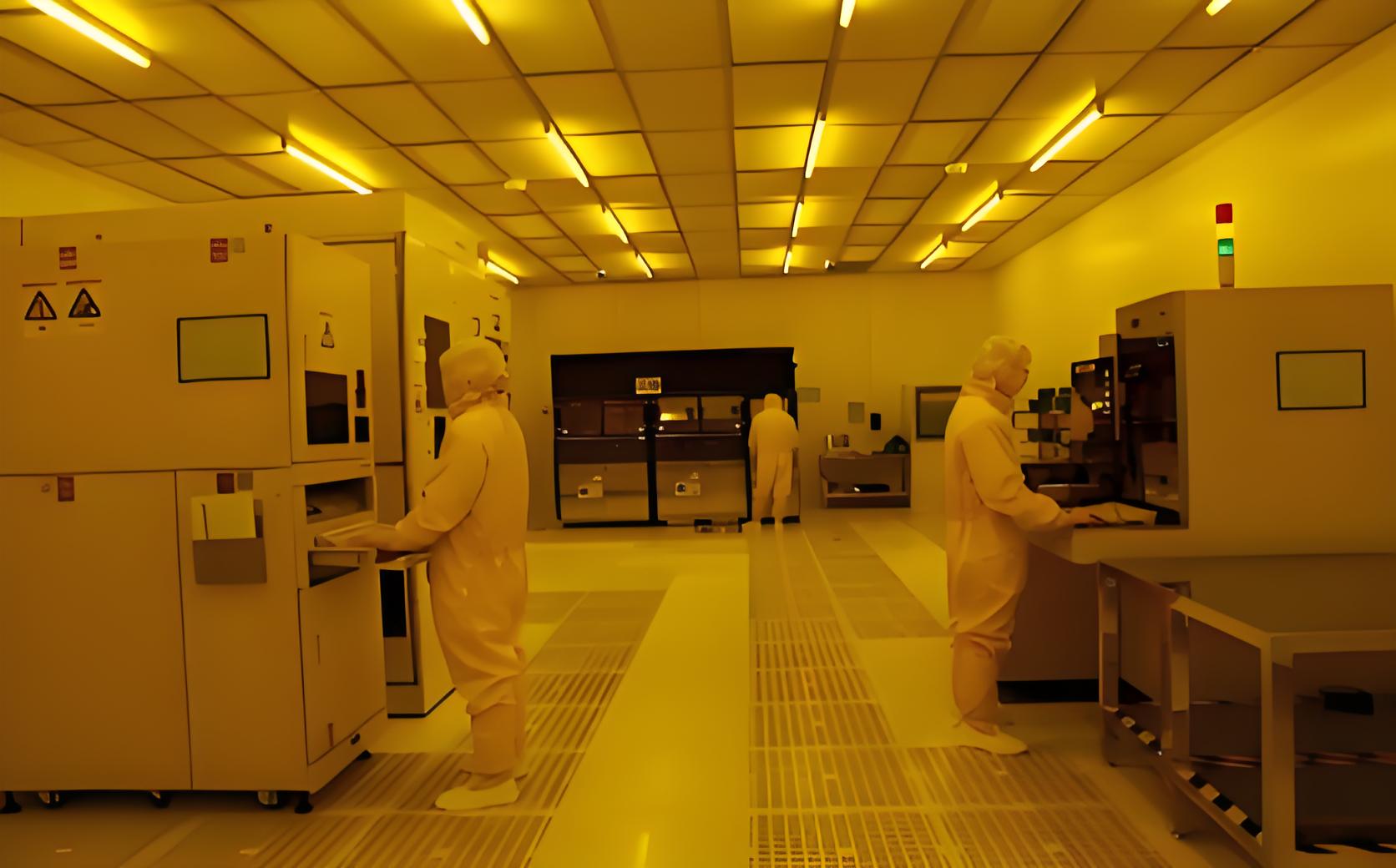




In the world of scientific research, pharmaceuticals, and high-tech manufacturing, the integrity of your experiments and products is paramount. The environment in which this sensitive work occurs can be the single greatest factor in its success or failure. This is where the clean room in laboratory settings becomes non-negotiable. It's more than just a tidy space; it's a highly engineered, meticulously controlled environment designed to minimize particulate contamination, temperature fluctuations, and humidity variations.
For laboratory managers, facility planners, and researchers, understanding the complexities of a clean room in laboratory design is the first step toward achieving unparalleled data integrity and product quality. This guide, powered by TAI JIE ER's decades of expertise in international cleanroom engineering, breaks down the seven critical factors you must consider.

At its core, a clean room in laboratory is a controlled environment where the concentration of airborne particles is maintained within strict limits. This is achieved through sophisticated HVAC systems, HEPA or ULPA filtration, and stringent operational protocols. The cleanliness level is defined by international standards like ISO 14644-1, which classifies rooms from ISO 1 (cleanest) to ISO 9 (least clean). A standard office environment might be an ISO 9, whereas a typical pharmaceutical compounding lab might require an ISO 7 or ISO 5 environment.
1. ISO Classification and Particle Control
The foundation of any clean room in laboratory project is its ISO classification. This isn't a one-size-fits-all decision.
ISO 5 (Class 100): Essential for critical applications like aseptic filling, semiconductor wafer processing, and high-precision optics. Often achieved within laminar flow hoods or entire rooms.
ISO 7 (Class 10,000): Common in pharmaceutical compounding, medical device assembly, and high-level microbiology labs.
ISO 8 (Class 100,000): Used for less critical tasks, often serving as a gowning area or for electronic assembly.
Selecting the right classification balances operational requirements with capital and operational costs. TAI JIE ER engineers specialize in conducting a detailed needs analysis to recommend the most cost-effective classification for your specific laboratory cleanroom.
2. Advanced Air Filtration and HVAC Systems
The heart of contamination control is the air handling system. A robust system does more than just filter air; it ensures:
Laminar or Turbulent Airflow: Unidirectional (laminar) airflow sweeps particles away from critical zones, while non-unidirectional (turbulent) airflow dilutes and removes contamination.
Air Changes Per Hour (ACH): A higher ACH rate (e.g., 50-100+ for an ISO 5 room) is crucial for rapidly removing internally generated particles.
Pressure Cascading: Maintaining positive pressure prevents contaminated air from infiltrating cleaner spaces. Conversely, negative pressure is used for labs handling hazardous materials.
3. Material Selection for Surfaces and Finishes
Every surface within a clean room in laboratory must be non-shedding, smooth, and easy to clean.
Walls & Ceilings: Modular cleanroom panels from TAI JIE ER, often coated with durable, non-porous materials like epoxy or PVDF, are the standard.
Flooring: Seamless conductive or static-dissipative epoxy or urethane flooring prevents static buildup and allows for easy decontamination.
Furniture: Stainless steel or powder-coated steel benches with cleanroom-grade work surfaces are mandatory.
4. Contamination Control Through Gowning and Procedures
Technology alone cannot guarantee cleanliness. Human activity is the largest source of particles. A rigorous contamination control strategy includes:
Gowning Protocols: Specifying the exact attire (e.g., bunny suits, gloves, masks, booties) required for each cleanliness level.
Strict Access Procedures: Limiting access to trained personnel and managing the flow of materials through airlocks and pass-throughs.
5. Continuous Environmental Monitoring
You cannot control what you do not measure. A comprehensive monitoring system for your clean room in laboratory is essential for validation and compliance.
Particle Counters: Continuously monitor airborne particulate levels.
Microbial Air Samplers: Critical for aseptic processing in pharmaceutical and biotech labs.
Temperature and Humidity Sensors: Ensure these parameters remain within the specified tolerances.
6. Integration of Specialized Laboratory Equipment
A laboratory cleanroom must accommodate specialized equipment without compromising its integrity. This includes:
Biosafety Cabinets (BSCs) and Fume Hoods: Their integration must be carefully engineered to balance airflow with the room's overall pressure regime.
Vibration-Sensitive Equipment: Microscopes and other sensitive instruments may require isolated slab foundations to prevent interference.
7. Operational and Maintenance Costs
The initial build is just one part of the lifecycle cost. A well-designed clean room in laboratory from TAI JIE ER focuses on long-term operational efficiency.
Energy Consumption: The HVAC system is the largest energy user. Our designs incorporate energy recovery wheels and variable frequency drives (VFDs) to reduce this burden.
Preventive Maintenance: A clear schedule for filter changes, sensor calibration, and system checks is vital for sustained performance.

Building a reliable clean room in laboratory is a complex undertaking that requires a partner with proven experience. TAI JIE ER stands out in the international clean engineering sector by offering turnkey solutions—from design and engineering to construction, certification, and ongoing support. Our commitment to using high-quality materials and adhering to global standards ensures your facility will meet the stringent demands of modern science and industry.
Q1: What is the typical lifespan of a well-maintained laboratory clean room?
A1: The structural lifespan of a well-built clean room in laboratory can exceed 15-20 years. However, critical components like HEPA filters typically require replacement every 5-10 years, depending on the environment and usage. Regular preventive maintenance by a specialist like TAI JIE ER is the key to maximizing the longevity and performance of your cleanroom investment.
Q2: How often should the air pressure and particle counts be monitored in a lab cleanroom?
A2: Continuous monitoring of air pressure differentials is recommended for critical applications. Particle counts are typically validated every 6 to 12 months as per ISO 14644-2, but many facilities opt for continuous monitoring in their most critical zones to ensure real-time compliance and immediate response to any deviations.
Q3: Can an existing standard laboratory be converted into a clean room?
A3: Yes, retrofitting an existing room is a common and often cost-effective approach. TAI JIE ER frequently undertakes such projects, assessing the structural, mechanical, and electrical capacity of the existing space to design a modular clean room in laboratory that fits within the shell. Key challenges often involve ceiling height and existing HVAC ductwork.
Q4: What are the biggest ongoing operational costs for a laboratory cleanroom?
A4: The two most significant ongoing costs are energy consumption (from the 24/7 operation of the HVAC system) and labor (for cleaning and maintenance). Additionally, costs for disposable gowning materials, filter replacements, and periodic re-certification contribute to the total operational budget.
Q5: Why is stainless steel so commonly used in cleanroom furniture and fittings?
A5: Stainless steel is the material of choice for a clean room in laboratory because it is extremely durable, non-porous, resistant to corrosion from cleaning chemicals, and does not shed particles. Its smooth, hard surface is easy to clean and sterilize, making it ideal for maintaining the strict hygiene standards required in controlled environments. TAI JIE ER uses high-grade 304 or 316 stainless steel for all critical applications.

